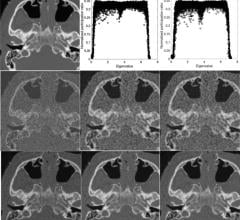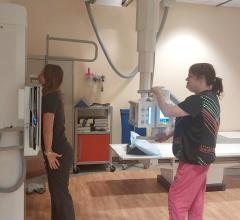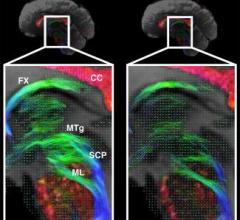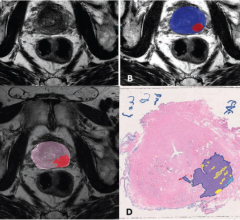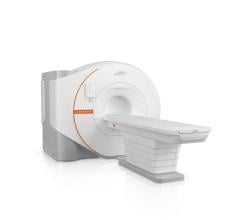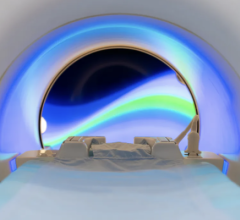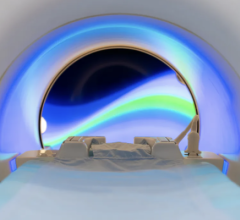Aug. 13, 2025 — Registration is now open for the RSNA 111th Scientific Assembly and Annual Meeting, the world’s leading ...
Magnetic Resonance Imaging (MRI)
MRI creates images from the magnetic resonance created in hydrogen atoms when they are polarized and an electromagnetic pulse is used to knock them off axis. This section includes MR analysis software, MRI scanners, gadolinium contrast agents and related magnetic resonance imaging accessories.
Aug. 12, 2025 – Medical imaging methods such as ultrasound and MRI are often affected by background noise, which can ...
July 31, 2025 —Hyperfine, Inc. has announced the enrollment of the first patients in the PRIME (Portable Rapid Imaging ...
They say good things come in small packages. That’s clearly the case at Massac Memorial Hospital, an award-winning ...
July 17, 2025 – Hyperfine, Inc.recently announced the first commercial sales of the next-generation Swoop system.The ...
July 22, 2025 — GE HealthCare has topped a U.S. Food and Drug Administration (FDA) list of AI-enabled medical device ...
July 16, 2025 — A scientific team supported in part by the National Institutes of Health (NIH) has developed a new ...
The Philips Radiology Experience Tour is hitting the road this summer and could be in your neighborhood very soon. This ...
July 16, 2025 — Artificial intelligence can improve diagnostic consistency and reduce false-positives in prostate cancer ...
July 2, 2025 — Philips has received FDA 510(k) clearance for SmartSpeed Precise1 MR’s latest deep learning ...
June 26, 2025 — Siemens Healthineers has received Food and Drug Administration clearance for the Magnetom Flow.Ace, its ...
Product Indications and Use: CLARISCAN (gadoterate meglumine) is a gadolinium-based contrast agent indicated for ...
June 26, 2025 – Quibim, a global provider of quantitative medical imaging solutions, has launched AI-QUAL, a new feature ...
June 24, 2025 —Smart Soft Healthcare has announced that CoLumbo, the company's advanced AI spine assistant, has received ...
May 29, 2025 — Hyperfine, Inc., producer of the world’s first FDA-cleared AI-powered portable MRI system for the brain — ...
With the recent launch of the Magnifico Open, Italian company Esaote has entered the open MRI whole body space. ITN had ...
May 12, 2025 — GE HealthCare recently unveiled Signa Sprint, an FDA 510(k) pending[1] ultra-premium wide bore 1.5T high ...
April 10, 2025 — Cincinnati Children’s and GE HealthCare will form a strategic research program focused on driving ...
March 18 — Perspectum has released the results of a multinational study showing that LiverMultiScan can reduce liver ...
Feb. 26, 2025 – Royal Philips recently launched SmartSpeed Precise [1], powered by Dual-AI engines. Building on its ...
Prenuvo has announced FDA clearance for its AI-powered Prenuvo Body Composition report, marking a significant milestone ...
Jan. 15, 2025 — University of California, San Francisco (UCSF) Department of Radiology & Biomedical Imaging and GE ...
Jan. 10, 2025 – Bayer has announced positive topline results of the Phase III QUANTI studies evaluating the efficacy and ...
Dec. 27, 2024 — Prenuvo, which makes whole-body MRI screening solutions for early cancer detection and other diseases ...

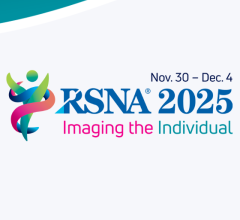
 August 13, 2025
August 13, 2025 
